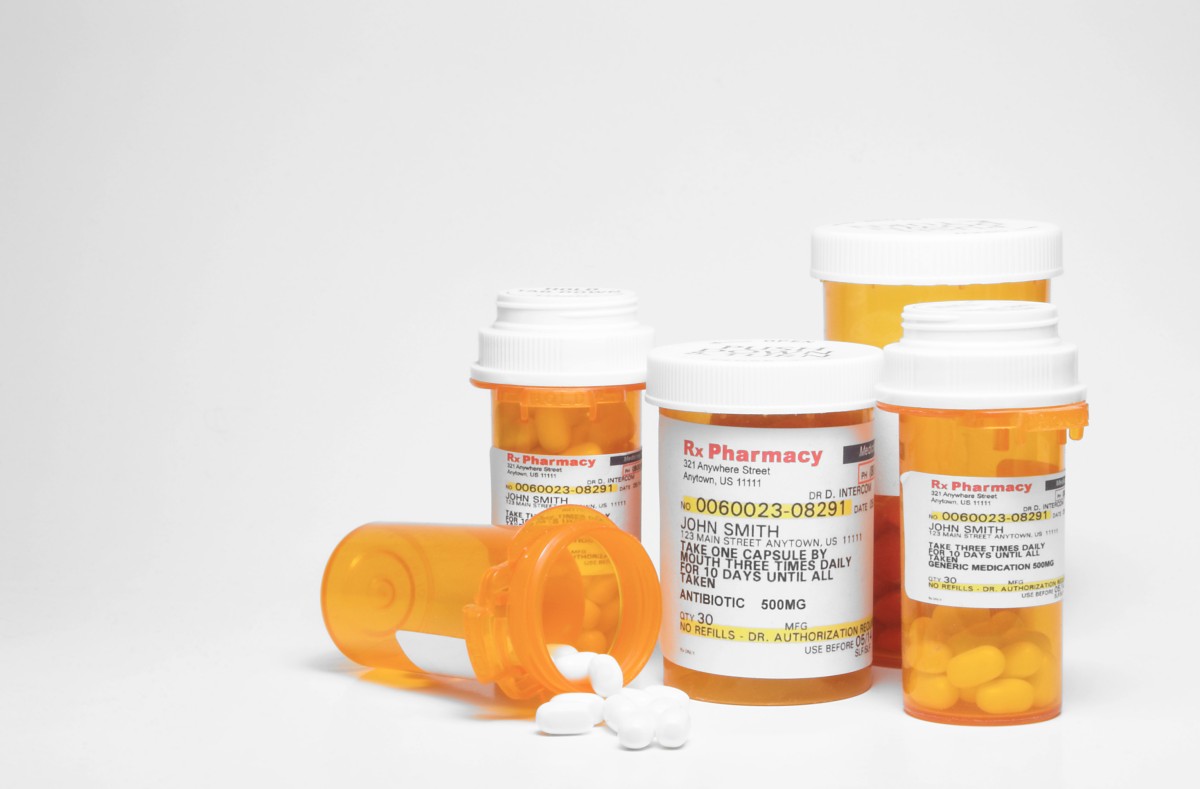Using Patient Education Videos to Support Preventive Care Strategies
As a healthcare provider, you know prevention saves lives. From routine screenings and lifestyle counseling to vaccinations and early detection,...
4 min read
Robert McDermott Jun 27, 2022 11:00:00 AM
 Most Americans are aware of the seriousness of the opioid crisis. Officially declared a public health crisis in 2017, the opioid epidemic is responsible for nearly 130 deaths daily in the U.S. The crisis is expected to peak within the next 10 years, with yearly deaths expected to fall before 2025.
Most Americans are aware of the seriousness of the opioid crisis. Officially declared a public health crisis in 2017, the opioid epidemic is responsible for nearly 130 deaths daily in the U.S. The crisis is expected to peak within the next 10 years, with yearly deaths expected to fall before 2025.
Between 2017 and 2018 alone, there was a 4.1% decrease in drug overdose deaths. The decline in fatal overdoses is directly related to concerted efforts by the government, doctors, and pharmacists to monitor, track, and report prescriptions for controlled substances through prescription monitoring programs (PMP).
Quick Links
Prescription monitoring programs (PMPs), which are also called prescription drug monitoring programs (PDMPs), are monitoring programs administered by states that require prescribers of controlled substances to enter information into a database for monitoring. Each state maintains its own database and may require medical and dental professionals to track different controlled substances.
The database collects prescription information and can help prescribers identify patients who may be at risk for abusing a controlled substance. Additionally, the database can monitor for doctors or dentists who may be substantially overprescribing in relation to their peers.
PMPs are incredibly useful tools to help limit overprescribing and potential abuse of controlled substances. Since their implementation, the CDC has noted changes in not only how these drugs are prescribed but also a decrease in doctor shopping and admissions to substance abuse programs for prescription drug addiction.
Access to each state’s PMP varies, as does the way a state refers to its specific prescription drug monitoring program. Each state has its own dedicated PMP website interface, often referred to as PMP Aware. Web access requires doctors to log in and enter all patient data in order to execute each prescription history check. This history helps providers identify potential problems and provide alternatives or assistance to patients who may need help. In some cases, PMP checks are streamlined through ePrescribing software that fully integrates with the state database. This integration speeds up the process by eliminating extra clicks and manual data entry.
While not all states require prescribers to check all controlled substances, it’s a good practice to start, as is familiarizing your practice staff with state regulations.
 Why Are Prescription Monitoring Programs Necessary?
Why Are Prescription Monitoring Programs Necessary?PMPs have a variety of stakeholders, each with a different mission and a different goal. Similarly, the needs of each stakeholder are varied as well.
To start, one overarching goal, across all stakeholders, is presenting a cohesive front in the battle against prescription drug addiction. Simply having the PMP databases in place means that prescribers, providers, governments, and, potentially, law enforcement are all aware of the risks and the volume of prescription medications in a specific state or county. This information not only helps provide education but also provides basic data on whether a problem exists and to what extent, if it does.
Governments and public health organizations can utilize PMP data to help provide states and specific areas with the resources they need to educate prescribers or patients, to identify problems before they become overwhelming, or to provide specific programming to combat potential or existing issues.
Providers can use the data to prevent or identify potential abuse issues and provide assistance to patients who may need help. Similarly, this information can help inform clinical decisions regarding prescriptions and care.
In short, nearly every stakeholder has a separate need for the database as efforts to decrease prescription drug abuse clearly require a concerted effort. These uses are only beneficial to prescribers if they are utilizing the PMP as they prescribe.
With most state level organizations recommending that medical and dental providers access PMP databases when prescribing controlled substances, it’s important to recognize that this process comes with its own challenges. Follow these best practices to streamline your process:
One of the first and most noticeable challenges for anyone navigating the PMP system is that it varies from state to state. Where one state will require PMP checks for schedule 1, 2, or 3 controlled substances, another state may not require it at all.
For safety, a medical and dental practice can require that all controlled substance prescriptions be checked against the state PMP database. This helps any designated staff delegate avoid confusion and provide information that may save a patient’s life.
There are some valid concerns about security, HIPAA laws, and PMPs. More specifically, PMPs are not subject to HIPAA laws. However, the users (both prescribers and pharmacists) are. This should ensure that access is limited to individuals who require the information and have a legal right to obtain it.
Further, there are concerns about the database security itself. However, if utilizing the right software, securing patient data during storage and transmission should be paramount.
One of the biggest complaints from providers is that entering patient information and waiting to get data back can take a long time, sometimes 30-45 minutes or more, delaying care and impacting office efficiency. As a result of this delay, providers who are not required by law to check a PMP often choose not to.
In order to get the most comprehensive data and make significant and meaningful progress in combating prescription drug abuse, databases are a powerful tool only when used.
 Streamline Your Prescription Monitoring Program Process With ePrescription Software
Streamline Your Prescription Monitoring Program Process With ePrescription SoftwareAs mentioned above, most states have labor intensive websites with some studies demonstrating it may take up to 50 clicks and anywhere from 5 to 45 minutes to get a result. There are ways to speed up the process, including ePrescription software.
The PMP option on iCoreRx Prescribing software, which utilizes an API integrated data connection into your existing practice software, gets prescribers directly to results with just a couple of clicks. In simple terms, it’s a massive time saver.
Prescription monitoring programs can be a vital resource to providers, pharmacists, and patients alike, but only if they’re used in a way that ensures data is useful and up-to-date. To ensure that, tackling the challenges faced by providers should be paramount for the companies that provide practice software and solutions.
If you’re ready to talk about how iCoreConnect can help your medical or dental practice improve the PMP process, or boost practice efficiency in other ways, book a demo or get in touch with our team today!

As a healthcare provider, you know prevention saves lives. From routine screenings and lifestyle counseling to vaccinations and early detection,...

There’s no denying that the AI boom is here. The American Medical Association reports that 66% of physicians are currently using artificial...

If only managing your practice’s revenue cycle came with a crystal ball. You could spot claim denials before they happen, predict when patients might...

It’s hard to believe that ePrescribing has been around for nearly 15 years now, but it isn’t hard to see why adoption has been slow in some dental...

For over a decade now, increasing numbers of states have been requiring prescribers to switch to electronic prescribing, most often for controlled...

You’re likely familiar with the famous song “I Can See Clearly Now” by Johnny Nash. There are a few ways you might interpret his lyrics when...